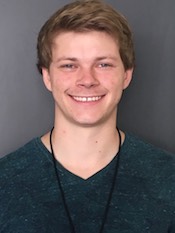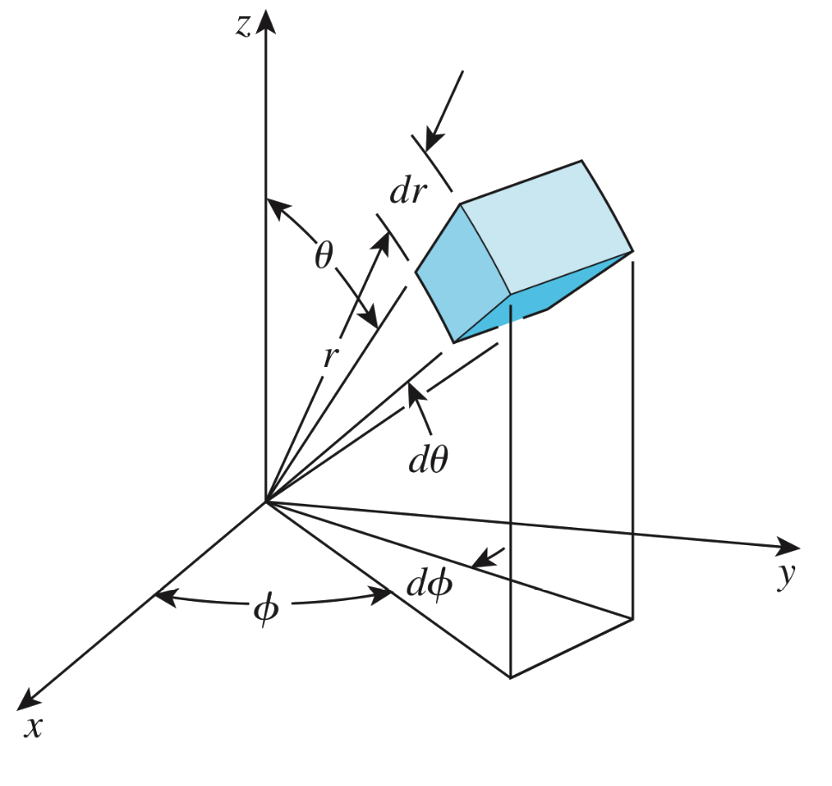MATH 22: Introduction to Calculus of Several Variables (Summer 2021)
- Welcome to the course webpage for the Summer 2021 (First Session) manifestation of MATH 22: Introduction to Calculus of Several Variables at the University
of California, Santa Cruz.
Course Info
- Title: MATH 22: Introduction to Calculus of Several Variables
- Quarter: Summer 2021 (First Session)
- Credits: 5
- Time: 1:00PM-3:30PM (M/W/F)
Instructor Info
- Jadyn V. Breland (he/him/his)
- Office hours: 1:00PM-2:00PM (T/Th)
- jadynbreland.com
| Course Syllabus | Reading Assignments | Daily Assignments & Notes | Weekly Assignments | Edfinity Exercises | Exam Info |
Welcome!
- You've reached the course web page for the Summer 2021 manifestation of MATH 22: Introduction to Calculus of Several Variables at the University of California, Santa Cruz.
Purpose and Goals:
-
The primary objective of this course is to aid students in becoming confident and competent in solving problems that require techniques developed in multivariable calculus.
Generally speaking, multivariable calculus is the study of multivariable functions, that is, functions that depend on two or more independent variables.
Functions of many variables
arise naturally in a variety of contexts. In particular, multivariable functions are essential for describing the physical world.
We will study multivariable functions using a variety of tools, including differentiation and integration. By the end of the course, students will have a grasp on the geometry of Euclidean space, including how to describe points, lines and planes.
Students will develop a working understanding of limits and continuity, and will be able to utilize various techniques to integrate and differentiate various types of functions. Additionally, students will understand how to apply the notions of
integration and differentation to approximate functions, solve optimization problems, compute volumes and surface areas, compute arclength and curvature of space-curves, and more. Furthermore, the purpose of any mathematics course is to challenge
and train the mind. Learning mathematics enhances critical thinking and problem solving skills.
Aside from the obvious goal of wanting you to learn multivariable calculus, one of my major goals is to provide you with an opportunity to become a more independent learner. There is nothing I can teach that will be half so valuable as the ability to reach conclusions logically from first principles, and to be able to justify those conclusions in clear, convincing language. Additionally, I want you to experience the unmistakable feeling that comes when one truly understands something.
An Active Learning Approach:
-
This is not a lecture-oriented class or one in which mimicking prefabricated examples will lead you to success. You will be expected to work actively to construct your own understanding of the topics,
with the readily available help of me, our TA, and your classmates. Many of the ideas you will encounter and the problems you will work will be new and will require you to stretch your thinking. You will experience frustation and failure,
before you experience understanding. This all a part of the normal learning process. In short, if you are doing things well, you should be confused at different points over the next five weeks. The material is too rich for a human
being to completely understand it immediately.
In this course, we will incorpate ideas from an educational philosophy called active learning. Loosely speaking, active learning refers to any instructional method that engages students in the learning process. This style of teaching and learning contrasts sharply with the traditional mathematics lecture, where the instructor talks and students passively recieve information.
A good lecture is usually systematic, complete, precise—and dull; it is a bad teaching instrument. -- Paul HalmosThere is a great deal of recent scholarship that suggests that students learn better when they are actively engaged in the learning process. You can not master the electric guitar by watching Buckethead shred, nor can you become a chess grandmaster by watching Magnus Carlson on twitch. In a similar fashion, you cannot master calculus by simply watching; you must do calculus! Therefore, a significant portion of our time in synchronous class meetings will be reserved for doing calculus in a supportive and collaborative environment. We will be using the free and open-source textbook Active Calculus: Multivariable written by Steve Schlicker. Active calculus is riddled with activities that will form the backbone of our course. To prepare for class meetings, you will complete Reading Assignments which typically include reading assigned sections of the text, completing "Preview Activities", completing other activities or questions, and writing down some things you learned or questions you still have. During class, we will spend the significant majority of the time working through the Activities in Active Calculus, usually in small groups. These are the Daily Assignments. Outside of class, you will have ample opportunity to improve your understanding of calculus by solving low-stakes Edfinity Exercises and to demonstrate fluency by writing coherent solutions to substantial calculus problems in the Weekly Assignments.


